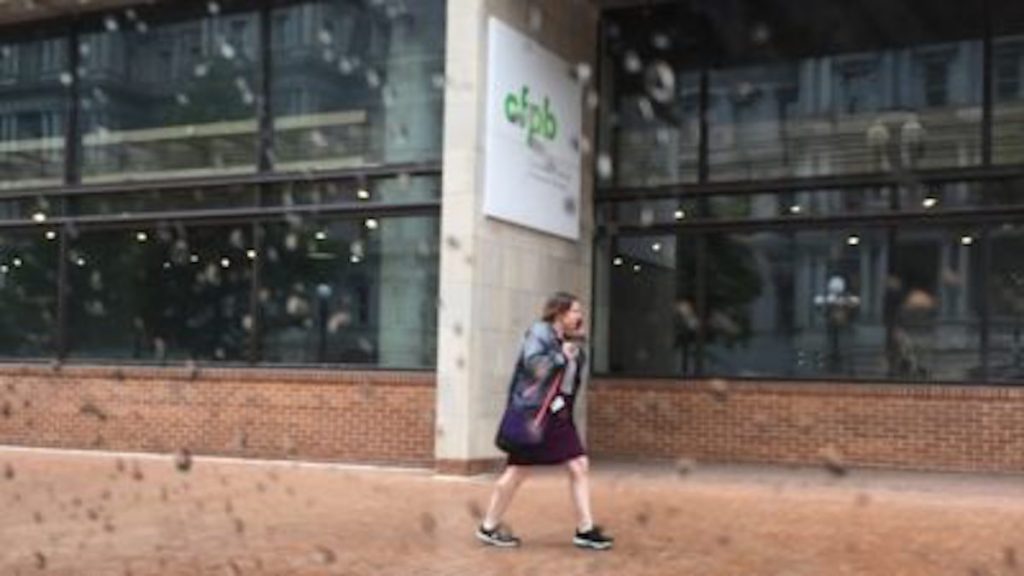The Consumer Financial Protection Bureau (CFPB) is fulfilling its promise to scrutinize mortgage servicers, and some servicers are riding the forbearance exit wave better than others.
In a new report, which drew on data from 16 mortgage servicers from December 2020 to April 2021, the CFPB found a marked increase in the share of borrowers exiting forbearance and becoming delinquent without any loss mitigation in place. The report also showed that some servicers are keeping up with the high call volume, while others are struggling to do so, causing higher wait times for some borrowers.
In a statement, the CFPB’s acting director, Dave Uejio, reiterated the agency’s chilly stance toward servicers.
“Many emergency mortgage protections are winding down, and servicers have had ample time to prepare for the millions of distressed homeowners who need their assistance,” said Uejio.
He added that servicers should take note of the report to determine how well their own performance stacks up and, if needed, make changes. There could be serious consequences for not doing so.
The CFPB has mortgage servicers in its crosshairs – Is your subservicer compliant?
If they stay true to their word, the CFPB will come knocking on the doors of many mortgage servicers this year. Compliance always matters, but in the age of COVID-19, it matters tenfold. This white paper will cover strategies for compliant subservicing.
Presented by: Equifax
“Servicers who find themselves at the bottom of the pack should immediately take corrective steps,” said Uejio. “The CFPB will hold accountable those servicers who cause harm to homeowners and families.”
In preparing the report, the CFPB asked servicers to share data on borrowers who exited forbearance plans to a delinquent status, meaning they had no loss-mitigation plan.
Although borrowers with federally-backed mortgages have more options than those with non-agency mortgages, the CFPB found that delinquency rates in both groups were about the same. In December, about 10% of borrowers exiting forbearance became delinquent. By April, delinquent exits rose to 30%. Delinquency rates also varied significantly by servicer.
Despite the buffet of options available to borrowers, in February, more than 350,000 delinquent borrowers hadn’t requested any forbearance. Those numbers have since improved slightly since then, but in April, there were more than 300,000 delinquent borrowers who had not requested forbearance.
The watchdog agency’s report found that during each month from December through April, calls to the 16 mortgage servicers topped 4 million. In March, that number spiked to more than 5 million. One servicer the CFPB surveyed received 650,000 calls in February, 750,000 in March and 625,000 April.
The following months mark an extraordinarily busy time for mortgage servicers. Nearly 750,000 active forbearance plans are set to expire in September and October, according to the latest figures from Black Knight, which means servicers will process up to 18,000 plans per business day over those two months.
The CFPB report also found that, for most servicers, the average speed to answer calls from borrowers remained stable, averaging 2.7 minutes.
But there were some outliers. Two bank servicers it studied kept borrowers waiting on the phone for 26.5 minutes and 19.31 minutes, on average, but they managed to improve their numbers by the end of the reporting period. Some other servicers answered borrowers’ calls in 1, 7 or 12 seconds, on average.
Some servicers also reported a high abandonment rate, the share of borrowers who give up before finishing the call. Not surprisingly, the same bank servicer with the longest wait times also saw the most callers give up. At the peak, more than a third of those who called into that servicer hung up. Most servicers, however, managed to keep all but about 5% of borrowers on the line.





